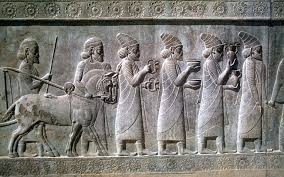A Marvel of Ancient Africa
The Great Zimbabwe ruins, located in modern-day Zimbabwe, are among the most impressive archaeological sites in Africa. These stone structures, built between the 11th and 15th centuries, reflect the skill, organization, and cultural sophistication of the Shona people. The site challenges common misconceptions about precolonial African civilizations, highlighting their ability to construct monumental architecture without modern technology.
History and Construction
Great Zimbabwe was the capital of a powerful kingdom that thrived on trade and agriculture. The ruins feature intricate stone walls, towers, and enclosures built without mortar, showcasing advanced engineering. The largest structure, the Great Enclosure, demonstrates the builders’ knowledge of geometry, stability, and aesthetics. Its scale and precision continue to intrigue historians and archaeologists today.
Significance in Trade and Economy
The kingdom of Great Zimbabwe was a hub of commerce in southern Africa. It participated in regional and long-distance trade, exporting gold, ivory, and other valuable resources to the Swahili coast and beyond. The ruins reflect the wealth and influence of the kingdom, revealing connections between African civilizations and broader global trade networks.
Cultural and Symbolic Legacy
Beyond its economic role, Great Zimbabwe holds deep cultural and spiritual significance. The site likely served as a political and religious center, where leaders conducted ceremonies and maintained social cohesion. Its architecture and artifacts, including soapstone sculptures and pottery, offer insights into the beliefs, artistry, and daily life of its people.
Conclusion
The Great Zimbabwe ruins stand as a testament to Africa’s rich history, architectural ingenuity, and cultural legacy. They continue to inspire admiration and research, highlighting the achievements of a civilization that shaped the region for centuries.






